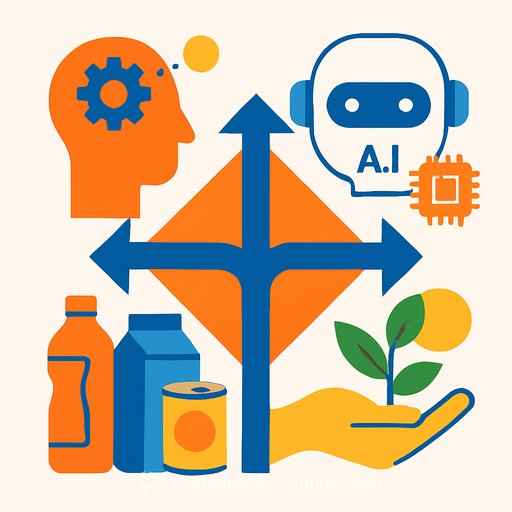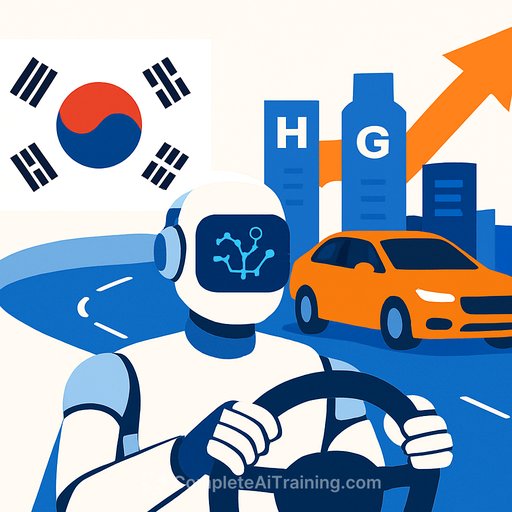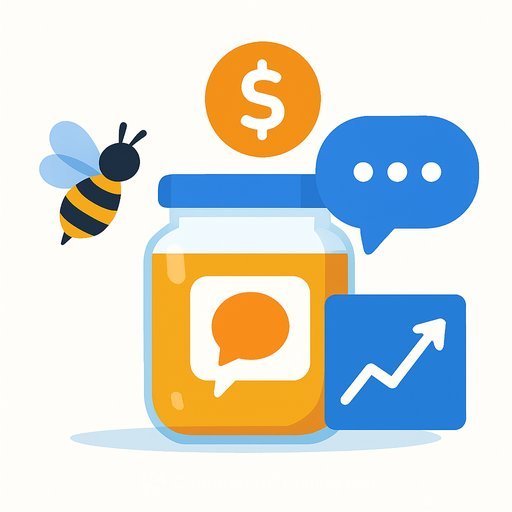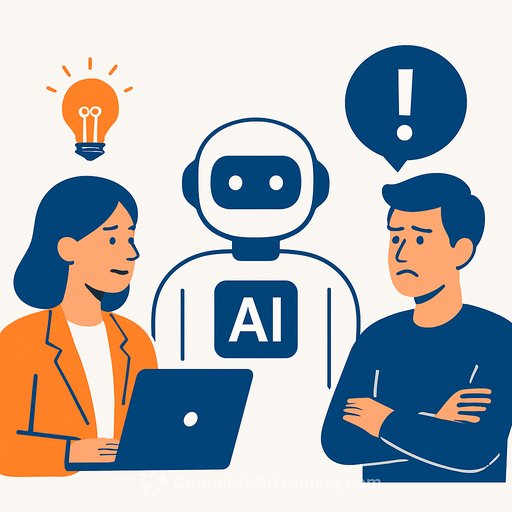Food’s Uncertain Future: What CPG Executives Need to Know
Nearly half of consumer packaged goods (CPG) executives doubt their current business structures will survive the next decade. The challenges come from changing consumer behaviors and internal misalignments. Yet, many are turning to AI and sustainability to cut costs and drive growth, while rethinking how they innovate and serve consumers.
An Uncertain Future
A recent survey by PwC reveals that 49% of CPG leaders feel their current business models won't last 10 years, compared to 42% across all industries. Consumer resistance to price hikes and internal issues—like financial reporting misaligned with business structure—are key concerns. Surprisingly, 29% of those doubtful about their model have no plans to restructure any part of their organization.
AI Adoption to Reduce Costs
Change is on the horizon. More than half of CPG executives plan to use AI to optimize costs, making it the top strategy over portfolio cuts, automation, or organizational changes. Around 59% expect AI agents to become central to consumer relationships within five years. For executives, investing in AI capabilities is becoming essential to stay competitive.
Streamlining Product Portfolios
Instead of flooding the market with new products, companies are focusing on quality over quantity. While 53% still rank new product development (NPD) among their top three growth drivers, only 22% see it as their primary growth lever. This reflects a deliberate move to innovate thoughtfully and avoid unnecessary launches that don’t add value.
Sustainability Moves to the Core
Sustainability is no longer just a compliance checkbox. Many CPG firms now view it as a core business strategy linked to growth and return on investment. According to the survey, 34% of companies expecting above-average growth intend to invest heavily in sustainability efforts, compared to 20% among slower-growing peers. This shift signals that sustainability can be a competitive advantage when integrated strategically.
Blurring Category Boundaries
Consumer expectations are evolving. With increasing demand for products that reflect health, lifestyle, and values—and the rising popularity of GLP-1 weight-loss drugs—traditional category lines may become less distinct. This trend challenges companies to serve consumers more holistically rather than sticking strictly to established segments.
- Key takeaway for executives: Prepare to rethink business structures and embrace AI to optimize costs and consumer engagement.
- Focus innovation: Prioritize impactful product launches over volume, balancing growth with portfolio simplicity.
- Integrate sustainability: Treat it as a growth driver, not just a regulatory requirement.
- Adapt to consumer shifts: Be ready for category convergence and offer holistic solutions.
For leaders eager to build AI skills that align with these trends, exploring targeted AI training can be a smart move. Check out Complete AI Training’s latest courses to stay ahead in cost optimization and consumer engagement strategies.
Your membership also unlocks:






